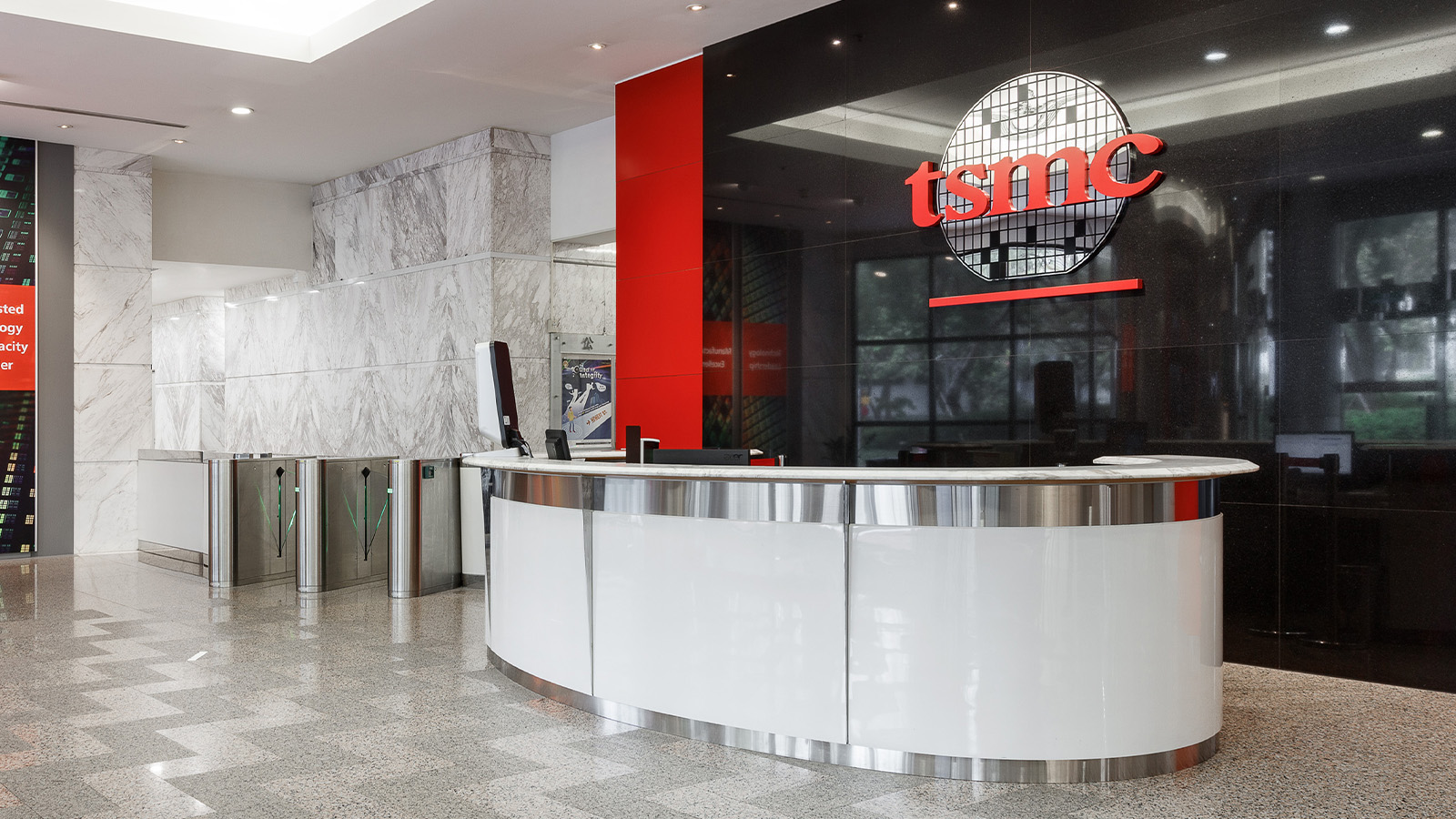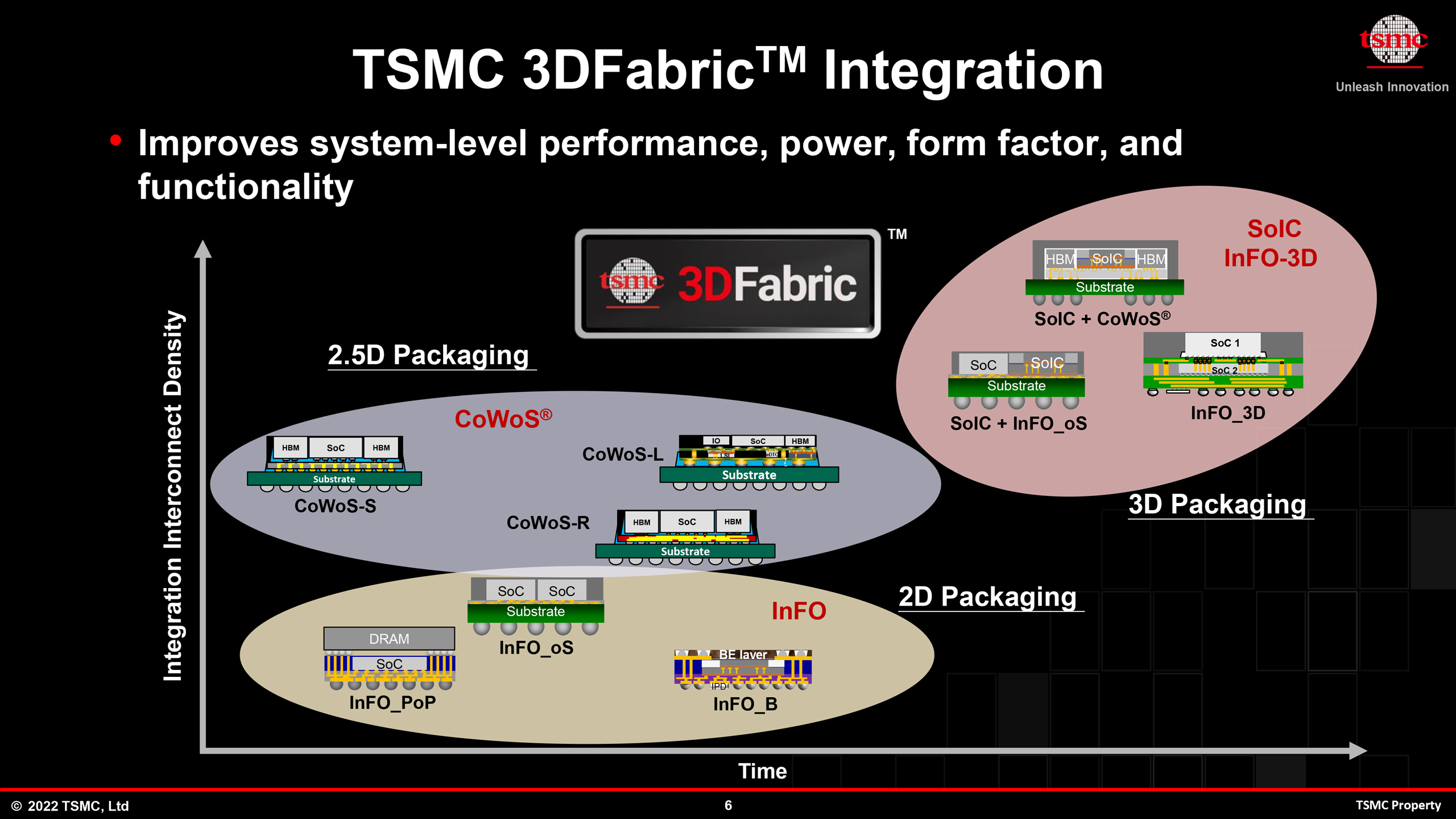
TSMC has suspended the construction of the first phase of its Advanced Backend Fab 7 (AP7) facility in Chiayi Science Park after the discovery of a suspected archaeological site earlier this month. This halt comes in compliance with cultural heritage procedures, and TSMC has proposed the construction of a second phase of the plant first, as a contingency plan. It has got full support from the Southern Taiwan Science Park Administration, reports LTN.
TSMC's Advanced Backend Fab 7 will cost TSMC several billions of dollars and will be equipped to handle advanced backend packaging technologies like integrated fan-out (InFO) and Chip-on-Wafer-on-Substrate (CoWoS), which are used in such processors as Nvidia's A100, H100, and B100/B200. Given the scale and timing of the facility development, it is also set to support TSMC's SoIC (System on Integrated Chips) packaging methods, including frontend 3D stacking techniques such as chip-on-wafer (CoW) and wafer-on-wafer (WoW), which will enable TSMC to build vertically stacked products like AMD's Instinct MI300.

The initial construction of the first phase of AP7 began in May. However, the discovery of the suspected archaeological site in early June led to an immediate suspension of all construction activities to comply with cultural heritage regulations.
After the discovery was made, TSMC submitted maintenance and monitoring plans for the site to the Chiayi County Government, which is the responsible authority. As a contingency plan, TSMC proposed to proceed with the construction of the second phase of the facility in the same science park. This proposal has received full support from the Southern Taiwan Science Park Administration, which has pledged to assist TSMC in this endeavor.
For now, it is unclear how changes to the plans will affect the timing of TSMC's additional advanced packaging capacities coming online, as the company has fairly aggressive plans for such expansion.
The discovery of archaeological sites during development is not uncommon in Taiwan. Similar incidents have occurred in other science parks, such as the Southern Taiwan Science Park, which led to the establishment of the National Museum of Taiwan Prehistory's Southern Taiwan Archaeological Museum, according to LTN. These discoveries often require adjustments to development plans to protect cultural heritage, which essentially means that the past slows down the coming of the future.
The impact of discovering an archaeological site on construction schedules varies. Smaller areas tend to have a minor effect, while larger sites can significantly delay development progress. The extent of the impact on TSMC's projects in Chiayi Science Park will depend on the size and significance of the discovered site.







